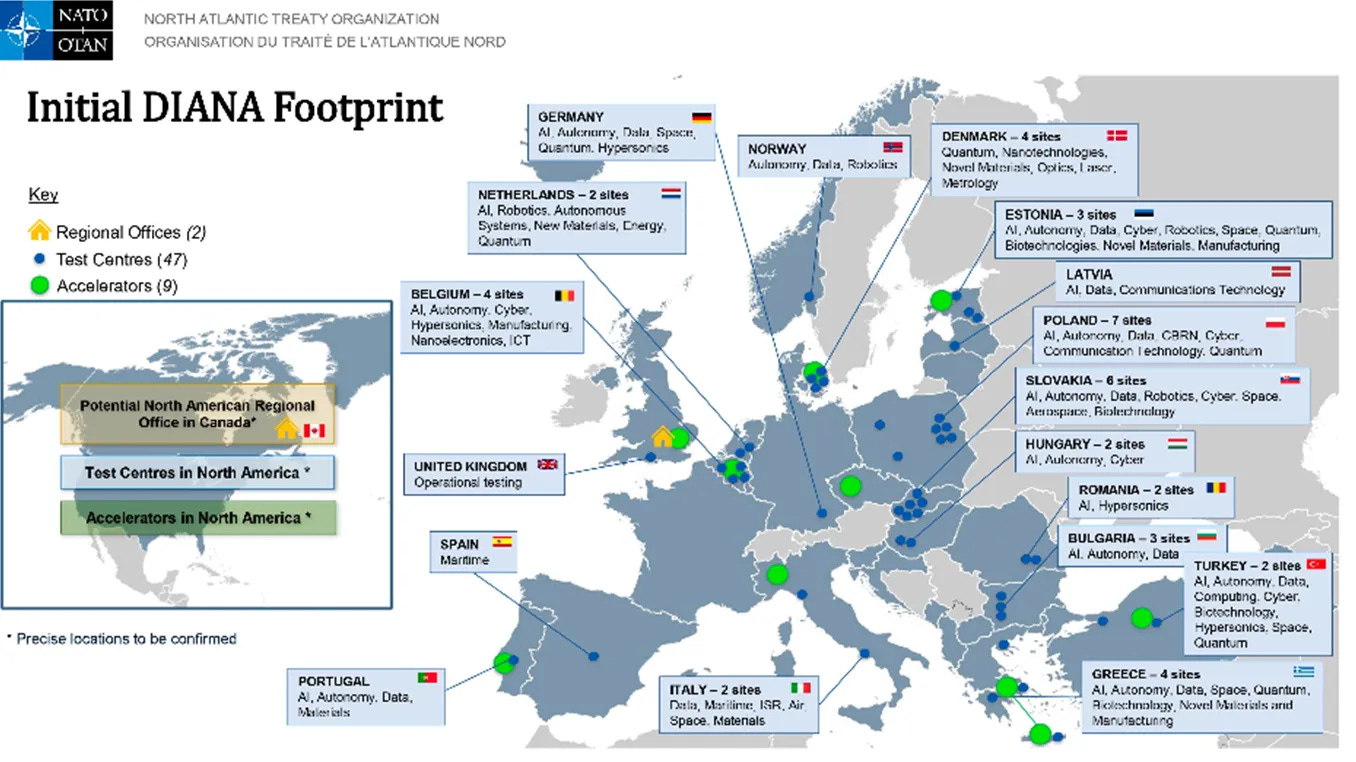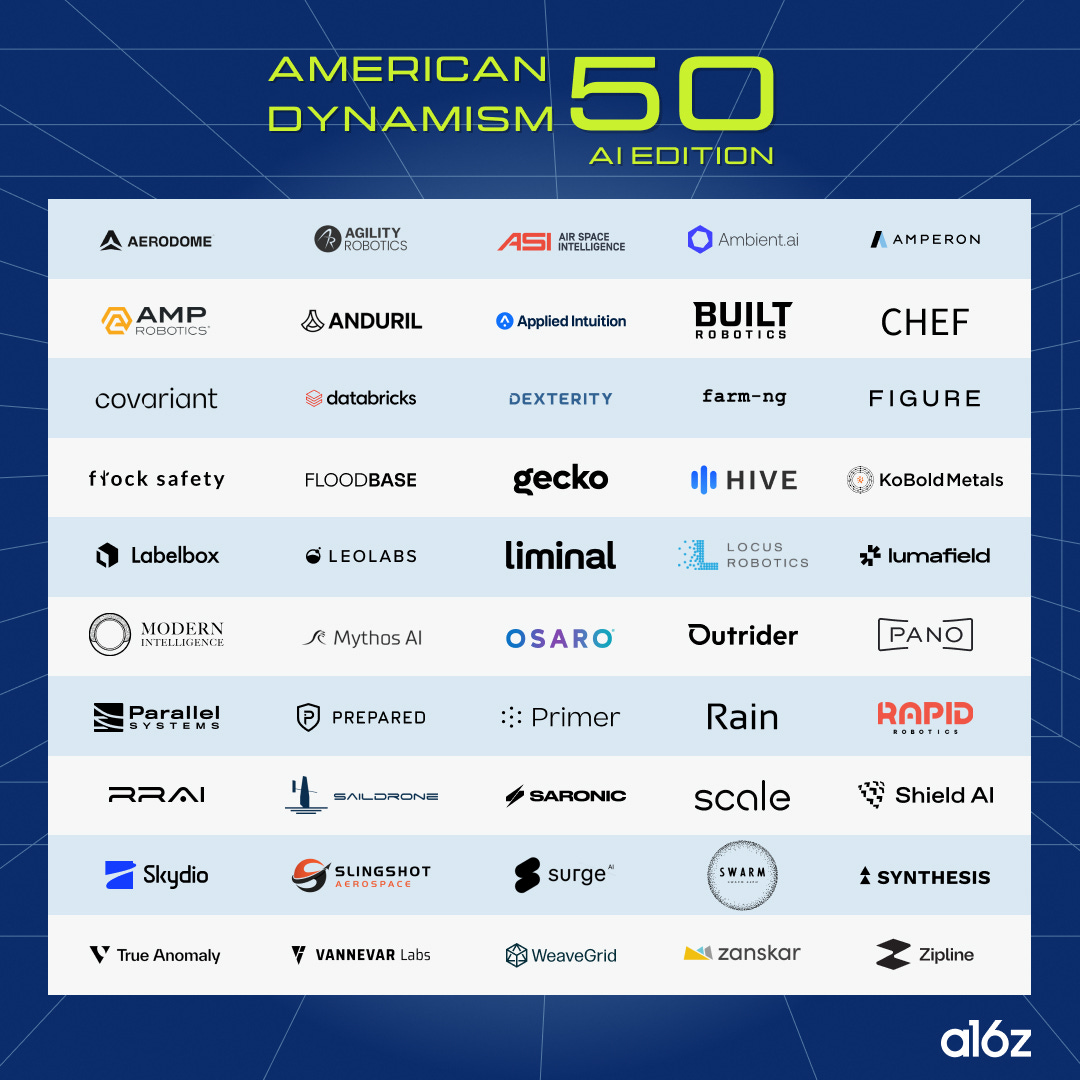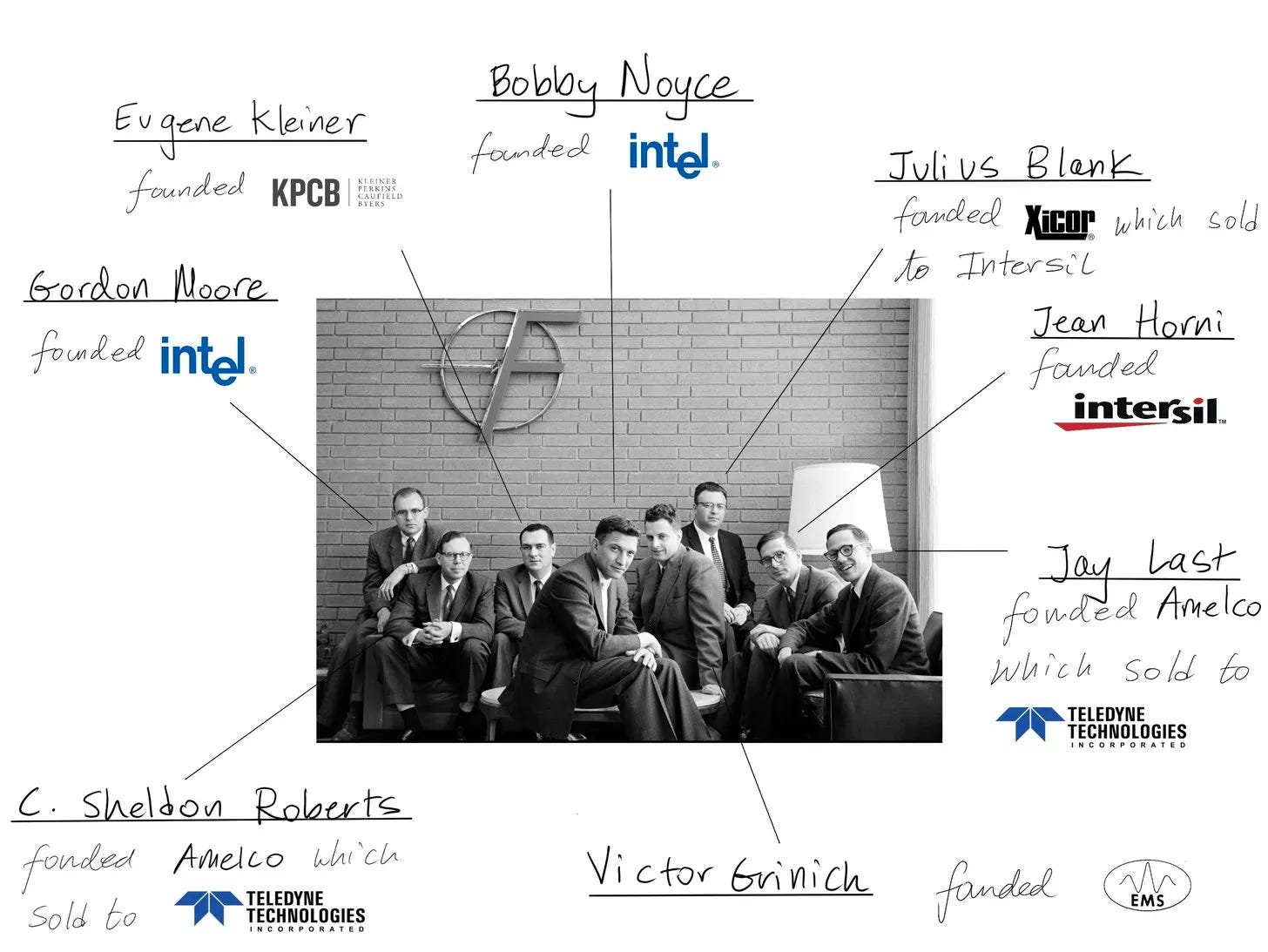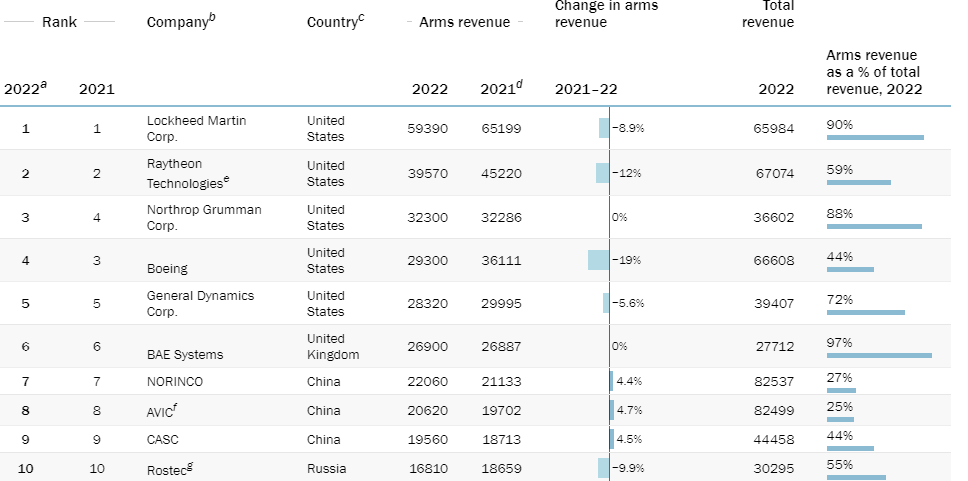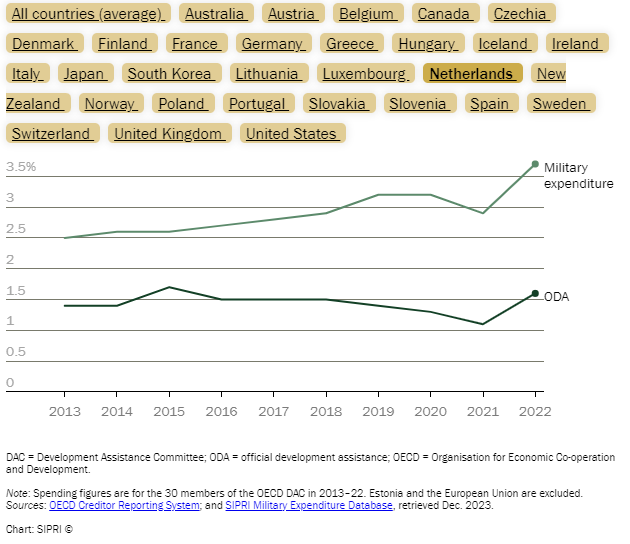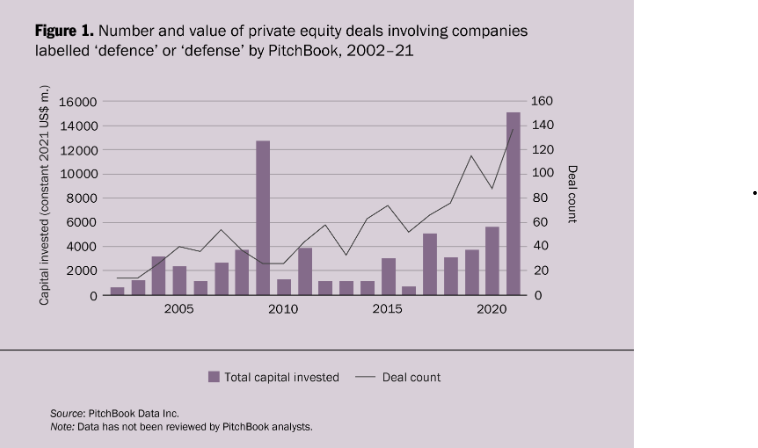This is the first brain dump on defense tech. Try not to read everything, because then you have so little time to enjoy the nice weather outside. Use my short summaries and click on the articles, videos, tools and more that you are interested in! Enjoy!
Table of contents:
Shorter articles [Netherlands]
Shorter articles [Non-Netherlands]
Longer articles and reports
Videos
Books
Cool Tools and Visualizations
Questions, Ideas and which people to follow
1. Shorter articles [Netherlands]
Defensie investeert flink in nieuwe projecten en materieel
This year, the Defense has spent about €2.4 billion more than the previous year. Expenditures rose from €12.9 billion in 2022 to €15.3 billion, measured in the last week of 2023. This means that the organization is significantly investing in new projects and new equipment.
The growth that has been initiated is set to continue in the coming years. This so-called 'obligations position' has increased by about €5 billion in 2023, from €14.5 billion in 2022 to €19.4 billion.
Militaire productie in Nederland
The largest arms company in the world, the American Lockheed Martin, had a revenue from arms sales of $50 billion in 2018. The largest European arms company, BAE Systems, had a revenue from arms sales of $22 billion. The Netherlands has a few large arms companies: Thales, Damen, Fokker, and Airbus.
The Dutch military industry is knowledge-intensive. The research institute TNO conducts a lot of research for military applications.
The Netherlands also has a lot of aerospace technology with military applications, including at the NLR (Netherlands Aerospace Centre).
Airbus has a Defence and Space division. Rockets and satellites play an important role in modern warfare.
Boswijk subjects: Buza, BuHaOS, Def, J&V, Koninkrijksrelaties & inlichtingendiensten
Hoe defensie het innovatiemanagement uitvoert via FONT
See this powerpoint deck
Future Relevant Operations with Next-generation Technology & Thinking (FRONT) (2014): a team that scouts new technologies from market parties to apply them in a military context.
These market parties are mainly startups. FRONT plays a proactive role as an accelerator in collaboration with smaller startups that lack experience in the world of Defense.
"Because FRONT can operate outside the direct chain, the organization can act more quickly and flexibly when necessary," says Gertie Arts, a strategic advisor at FRONT.
Het DIANA programma selecteert 3 Nederlandse defensie start ups
In total, there were more than 1,200 registrations, of which 37 were from the Netherlands. 44 initiatives are now allowed to develop their technology in collaboration with NATO. Among them are 3 companies from the Netherlands: Ore Energy BV from Amsterdam, and the Delft-based companies Lobster Innovations and Enevate BV (Kitepower).
Each of these young companies will receive a subsidy of €100,000.
The National Strategy by the goverment for Data Science en AI 2023-2027
I recommend reading section 6 and 7!
The National Stratgey by the goverment for defense innovation [2016-2020]
Great policy paper but a bit outdated. I highly recommend this slidedeck.
2. Shorter articles [Non-Netherlands]
NYT: Pentagon Officials Turned Venture Capitalists
Retired officers and departing defense officials are flocking to investment firms that are pushing the government to provide more money to defense-technology startups.
EU launches €175M equity fund to prime private investment in defence R&D
the EIF will invest as a Limited Partner in funds that apply and are selected under the Defence Equity Facility
Funds will be required to invest a minimum amount into companies that meet the terms and conditions of the Facility.
What is the Defence Innovation Accelerator for the North Atlantic (DIANA)?
The Initiative’s goal is to enhance and accelerate transatlantic cooperation on critical technologies, and help NATO work more closely with private-sector entities, academia and other non-governmental entities. DIANA will have main offices in both Europe and North America, and coordinate with existing test and innovation centers throughout NATO. The Initiative will also build and manage a network to help start-ups and non-traditional companies better support Alliance technology requirements.
the accelerator program is focused on many emerging technologies such as artificial intelligence, data, quantum-enabled technologies, autonomy, biotechnology, hypersonics, novel materials and manufacturing, energy and propulsion, and space.
NATO Innovation Fund: In addition to DIANA which is funded by all NATO members, a separate venture capital fund was established to invest in deep-tech startups. There are only 21 NATO nations participating in this fund with €1 billion pledged over the next 15 years.
Companies are given 6-12 months and $50-200K to mature a product.
Top 10 VC in Defense Tech in the USA
1. Soma Capital: Soma Capital is a seed-stage investor heavily focused on the aerospace field. Soma’s portfolio runs the range from satellite imagery startups to companies creating hydrogen-fuel jets.
See the link for more information about the list.
Recommendations about how your VC firm can enhance performance in DefenseTech
Forge Strategic Relationships: To be successful in Defense Tech, VCs need to foster relationships within the Department of Defense and academia to bolster diligence processes.
Consider Longer Fund Time Horizons: When raising a new fund focused on defense/hard/deep tech, it is worth considering structuring the LPA to account for the longer horizons necessary for research, develop, prototyping, and regulatory processes.
Embrace Domain Expertise: Cultivate a deep understanding of the defense, hard tech, and deep tech landscapes.
Focus on Value Creation: Stress the importance of investing in companies with real value and impactful technology rather than chasing inflated valuations.
How VC is busting the Military Industrial Complex — for its own benefit
The Pentagon is increasingly behaving like a venture capital investor, having established the new Office of Strategic Capital in December 2022.
The article discusses how major venture capital players are making transformative investments in military technology, potentially leading to new weapons and testing locations.
Venture capitalists are advocating for reforms that could change the military-industrial supply chain and enhance their access to production chains.
“Responding to the paradigm shift requires reengineering the Pentagon’s DNA for a new era.” To achieve this, Andreesen Horowitz advocates what they call “Broad and open API standards” that would presumably enable startups to propose the use of cheaper/more widely-available materials and technology for incorporation into the expensive platforms built by the primes.
The story of Scale AI and how it scored a $249 million defense tech contract
Alexandr Wang briefly became the world’s youngest self-made billionaire at 24 by supplying artificial intelligence companies with the one thing they all need: humans. Hundreds of thousands of them. Now his $7.3 billion startup Scale AI is primed to cash in on the biggest AI boom yet
Alexandr Wang, and scale AI is offering to help the Pentagon pull better insights out of the reams of information it generates every day, build better autonomous vehicles and even create chatbots that can help advise military commanders during combat.
It scored a $249 million contract last year to provide a range of AI tech to the Defense Department.
Scale’s chatbot, known as Donovan, is meant to summarize intelligence and help commanders make decisions faster.
“Data is ultimately the ammunition of AI warfare,”
A growing group of other start-ups including Shield AI and Helsing are raising significant amounts of money and working to sell their tech to the military too.
3. Longer articles and reports
Building American Dynamism by Katherine Boyle
I highly recommend delving into this inspiring essay, where Katherine emerges as a prominent figure in the Defense Tech domain. As a devoted admirer of her work, I also encourage you to check out the video section featuring her talk at the Defense Ventures Summit (November 2023). Allow me to highlight some noteworthy sections that truly captured my attention.
But the major error of the stagnationists — claiming technological stagnation as a factor in American decline — revealed a countertrend that’s easy to miss if you’re not immersed in technology.
I believe the only way to reverse the course of stagnation and kickstart nationwide renewal post-Covid is through technologists building companies that support the national interest. I call this American dynamism: it’s the recognition that seemingly insurmountable problems in our society — from national security and public safety to housing and education — demand solutions that aren’t simply incremental changes that perpetuate the status quo.
It’s not surprising that the last remaining holdout from the software revolution is government, and that due to regulatory capture, special interests, and perverse structural incentives, the last sectors of the American economy to be transformed by technology will be those that the government deems most important to its power.
some of the most disruptive companies are remaking the physical world with software at their core, such as in aerospace (Blue Origin, SpaceX), intelligence (Palantir), and defense (Anduril, Shield, Skydio).
It would be simple to say that American dynamism is just the inverse of decadence: a reversal of economic stagnation, mimetic culture, and the collective casual dismissal of our future prospects as a nation. And maybe that simple definition is a good start.
The American Dynamism 50 edition
the AI companies in this year's American Dynamism 50 are tackling some of the country’s most pressing problems across aerospace, defense, energy, public safety, manufacturing, and more.
4. Videos
Palmer Lucky on Anduril Industries
Anduril makes technolgy to track what comes over the burder of the US, so drug trafficking, human arms trafficking etc.
Defense contractor and his biggest product is an AI software called lattice. It powers all of our hardware systems.
Flood of the most capital from all startups in de US to anduril industries, trying to make defense tech sexy again. Backed by founders fund, sequoia capital and more.
Helped and went to Ukraine in the second week of the conflict by lecturing how to use boarder security software
American Dynamism: Katherine Boyle (a16z) at Shift's Defense Ventures Summit
The intro is pretty cool, like your watching a thriller movie in a dance club.
In his techno-optimist manifesto*, Marc Andreessen wrote, “We believe everything good is downstream of growth. We believe not growing is stagnation, which leads to zero-sum thinking, internal fighting, degradation, collapse, and ultimately death.” Dynamism is life. And we embrace dynamism and the values upon which the country was founded because they are true and worth defending. Dynamism makes America the country people want to be from, to immigrate to, and to build a life, career, or company in.
*this manifesto is so good (if you are in love with technology, like me…)
5. Books
American history of VC - Tom Nicholas
He shows how much the rise of venture capital has depended on the close relationship it develeped with the american state; winning more privelliges and concessions from it (e.g. tax breaks and cheap loans)
the first venture capatalist in the USA was founded to profit from new technologies developed for use in WW2, named the American Research and Develepment Corporation (ARD, founded in 1946 by Georges Doriet)
How much Georges Doriet (harvard professor and in the military) has shaped the venture capital industry.
ARD hit big in 1957 on Digital Equipment Corporation. This became one of america’s largest computer company.
In 1958, the US goverment program to help SMB’s in military tech. This helped channel private capital towards new electronics for arms race.
The US military was the largest client of Fairchild semiconductors. Many VC’s early successes came from former Fairchild employess.
Mario Gabriele explains how much value was produced from that group:
"As of 2014, an estimated 92 companies trace their roots back to Fairchild Semiconductor founders and employees (some suggest the number is closer to 400), with $2 trillion in value created. That includes Apple, Advanced Micro Devices, and Applied Materials, as well as venture firms like KPCB and Sequoia."
In 2003 the army opened their own VC firm In-Q-Tel that worked for the CIA done by former CEO of Lockheed Martin. In-Q-Tel is a strategic and national security firm on behalve of the goverment. They invested early on in Google Earth, FireEye, Palantir and more.
Other books you can read on Defense and Dual-Use Technologies
The Kill Chain - Christian Brose | Brose argues that our procurement and acquisition processes have stagnated resulting in an inability to apply emerging technology to warfare. He envisions an updated kill chain centered on dynamic networks: large number of smaller, attritable machines.
T-Minus AI - Michael Kanaan | Kanaan explores the development of AI systems and their impact on global power politics.
When the Heavens Went on Sale - Ashlee Vance | Vance explores the privatization of space over the past 20ish years and the role of VC and tech.
Wired for War - P.W. Singer | Singer explores recent developments in robotics and autonomous warfare.
6. Cool Tools and Visualizations
The SIPRI Top 100 arms-producing and military services companies in the world, 2022.
Military spending and development aid after the invasion of Ukraine
Going private equity: A new challenge to transparency in the arms industry
7. Questions, Ideas and which people to follow
Is defense tech this year becoming a hype like the NFT’s, crypto’s in 2021?
So we need to determine what are the fundamental building blocks of the industry and apply the mental model of first principle thinking on it.
by applying the first principle thinking to the defense tech industry, one can access the viability and sustainability of innovations in this field, ensuring that investments are grounded in fundamental principles that contribute to genuine advancements in national security.
what are the various factors influencing the state of defense tech?
demand and innovation (are investments driven on speculation and hype without real application), goverment spending (spending is unsustainable and not directly heading towards national security needs), market (the amount of companies entering the market), the regulatory environment (e.g. current political situation), long term viability (are the current technologies only solving short term solution to the current geopolitical climate), investor behaviour (do investor deeply understand the defense tech industry or are they driven by quick profits), global stability (what if there was no war of the geopolitical field is stable)
Make a list of the top 10 individuals in this industry.
Andrew Glenn - Founder of Building our Defense
Andy Yakulis - Director of Investor and Industry Outreach at DoD’s Office of Strategic Capital
Forrest Underwood - Former CGO of True Anamoly, Founder in stealth mode
Guy Filippelli - Founder and MP at Squadra Ventures
Jake Chapman - Founder and MD of Marque Ventures
Katherine Boyle - GP at a16z’s American Dynamism practice
Lauren Bedula - Managing Director and National Security Technology Practice Lead at Beacon Global Strategies
Mike Benitez - Founder of The Merge and product director at Shield AI
Mike Slagh - CEO of Shift.org, which runs the Defense Ventures Program
Natasha Ahmed - Investor and VP at Disruptive
Nino Marcantonio - Founder of Marcantonio Global
Travis Ledwith - Partner at Marque Ventures
Tyler Sweatt - CEO at Second Front Systems


